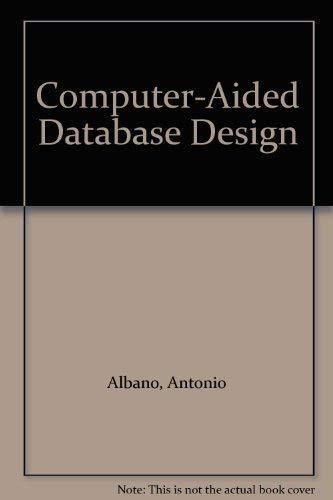




Months are confusing! They're all kinds of different lengths! Begone! Weeks are also confusing! Let's avoid them! All we need is a year and the day within the year! For this assignment, you will write a C++ program called hw1 that will read dates in year. day format and produce equivalent output in a mor conventional style. Input Format Each input line consists of a year and day number within the year, separated by a period. The first day of this year is 2023.001, the last is 2023.365, and today is 2023.032. Here are some examples, both valid \& invalid: Output Format The output format is: weekday two-digit-day-of-month month four-digit-year newline The output format is: weekday two-digit-day-of-month month four-digit-year newline Input of 2023.032 produces output of Wed 01 Feb 2023, corresponding to today, because today is day number 32 of the year 2023. Sample Run Here is a sample run, where % is my prompt. You may find these functions useful. Use them if you wish. - stoi() - mktime() - localtime() - ctime() - strftime() Beware of unfortunate conventions in localtime( () \& mktime( ), where months are 0...11 and years are 1900-based. Gregorian Calendar This assignment uses the current calendar system common in the USA, called the Gregorian calendar. In the Gregorian calendar, leap years (years with February 29) occur in years divisible by four, unless the year is divisible by 100 (no leap year), unless it's divisible by 400 (leap year). Use the Gregorian calendar for all dates in this assignment, even if they occur before the Gregorian calendar was devised. Requirements - Input format: - The input may consist of any number of lines. - Each input line may be arbitrarily long. - I didn't really need to specify the previous two requirements. When an assignment doesn't specify a limit, don't create your own limits. - Output format: - A weekday is one of: Sun Mon Tue Wed Thu Fri Sat - A day-of-month number is exactly two digits. - A month is one of: Jan Feb Mar Apr May Jun Jul Aug Sep Oct Nov Dec - A year is exactly four digits. - Newlines do not merely separate lines-newlines terminate lines. Therefore, every line ends with a newline, includinq the last one. Creativity is a wonderful thing, but your output format is not the place for it. Your output should look exactly like the output shown above. - UPPERCASE/lowercase matters. - Spaces matter. - Blank lines matter. - Extra output matters. Error messages: - go to standard error. - include the program name, no matter how it was compiled. - include the offending data, if applicable - Produce an error message and stop the program if: - an input line is not of the proper format: number.number - an input date has an invalid number (e.g., 2020.400 or 12345.123 ) - an input year is not in the range 1 year 9999. - You may wonder: does a problem with line three of the input mean that your program shouldn't produce any standard output, or should it produce standard output only for the first two lines? - The assignment doesn't specify either of these two reasonable behaviors, so either is acceptable. - Which is easier to implement? - You may not use any external programs via system(), fork (), popen (), execl(), execv(), etc. - You may not use C-style I/O such as printf( ), scanf(), fopen (), and getchar (). - Instead, use C++ facilities such as cout, cerr, and ifstream. - You may not use dynamic memory via new, delete, malloc(),calloc(), realloc (), free (), strdup (), etc. - It's ok to implicitly use dynamic memory via containers such as string or vector. - You may not use the istream: : eof ( ) method. - No global variables. - Except for an optional single global string containing argv[0]. - For readability, don't use ASCIl int constants (65) instead of char constants ( 'A') for printable characters. We will compile your program like this: cmake . \&\& make - If that generates warnings, you will lose a point. - If that generates errors, you will lose all points. - There is no automated testing/pre-grading/re-grading. - Test your code yourself. It's your job. - Test with the CSU compilers, not just your laptop's compiler. - Even if you only change it a little bit. - Even if all you do is add a comment. If you have any questions about the requirements, ask. In the real world, your programming tasks will almost always be vague and incompletely specified. Same here. Tar file - For each assignment this semester, you will create a tar file, and turn it in. - The tar file for this assignment must be called: hw1 . tar - It must contain: - source files (*.cc) - header files (h) (if any) - CMakelists.txt - This command must produce the program hw1 (note the dot): cmake . \&\& make - At least -Wall must be used every time g++ runs











